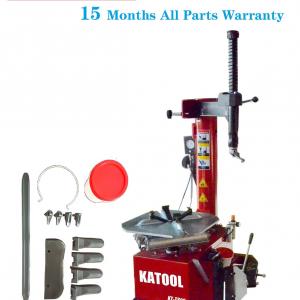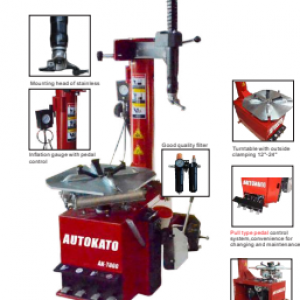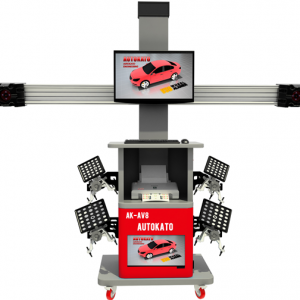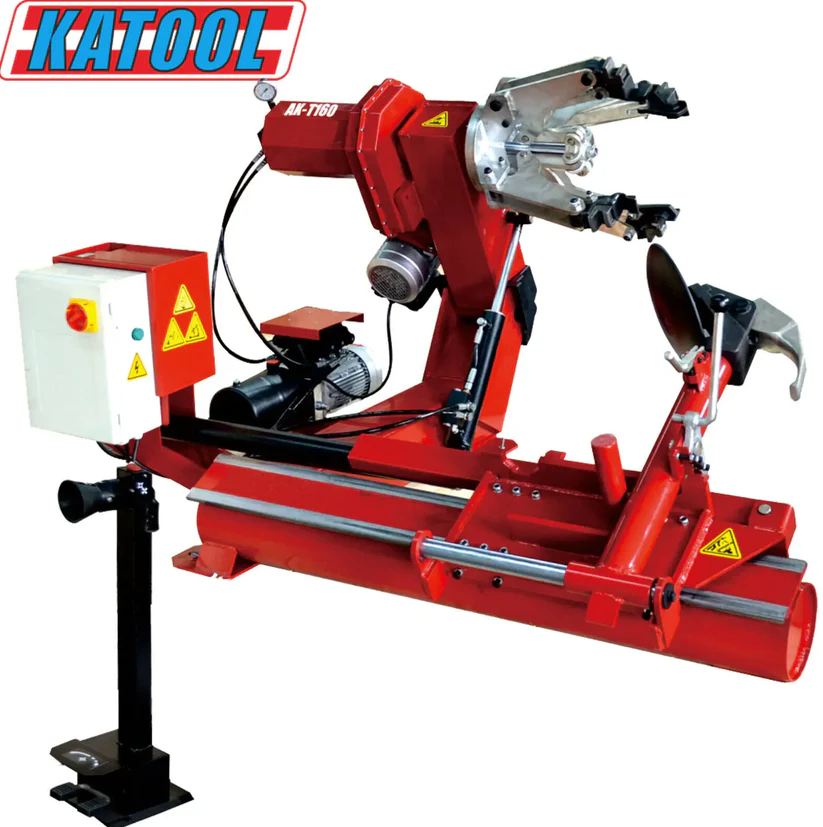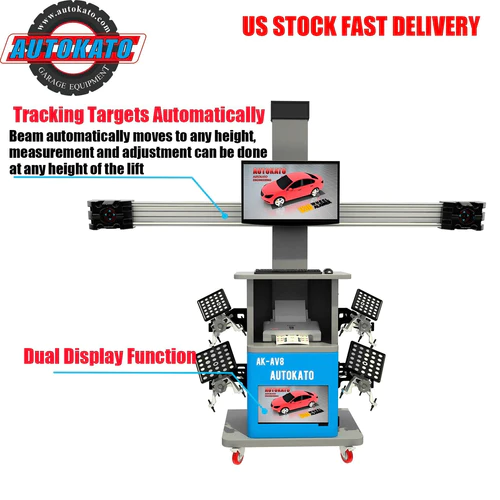Definitions of four wheel positioning terms
In daily maintenance, we not only need to know the above parameters, such as the propulsion angle, axle offset angle, track width deviation angle, wheelbase deviation angle, forward spread, containment angle, and other concepts and their functions.
1. Wheel center line: refers to the center line on the wheel tire that is perpendicular to the wheel axis.
2. Geometric center line: refers to the intersection line between the longitudinal center plane of the vehicle body and the horizontal plane of the front and rear axles.
3. Propulsion line (thrust line): Refers to the angular bisector of the total toe in of the rear wheel, that is, the vertical bisector of the rear axle.
4. Thrust angle: refers to the angle between the thrust line and the geometric centerline.
5. Left lateral offset angle: refers to the angle between the center line of the left front and rear wheels and the thrust angle.
6. Right lateral offset angle: refers to the angle between the center line of the right front and rear wheels and the thrust angle.
The propulsion angle is the direction in which the front or rear wheels advance, including the left lateral offset angle and the right lateral offset angle.
When the propulsion angle is zero, it indicates that the front or rear wheels of the vehicle will not deviate when advancing in a straight line.
When the left rear wheel deviates more outwardly than the left front wheel, the left lateral offset angle is a positive value, and vice versa;
When the right rear wheel deflects outward more than the right front wheel, the right lateral offset angle is a positive value, and vice versa.
7. Axle offset angle: The angle between the line of contact between two front or rear wheels and the ground and a straight line perpendicular to the propulsion line.
When the right front wheel is in front of the left front wheel, this angle is positive, and vice versa.
8. Shaft offset angle: The angle between the center bisector line of the actual front and rear axles and the theoretical geometric centerline.
When two front wheels or two rear wheels move laterally at the same time, other parameters (such as the total toe in of the front and rear wheels) do not change, and there is also a propulsion angle.
9. Track width deviation angle: the included angle between the connecting line between the left front wheel and the left rear wheel and the ground contact point, and the connecting line between the right front wheel and the right rear wheel and the ground contact point.
When the rear width exceeds the front width, this angle is a positive value, and vice versa.
10. Wheelbase deviation angle: The included angle formed by the non parallel connection between the two front wheels and the two rear wheels.
When the right track width is greater than the left track width, this angle is a positive value, and vice versa.
11. Steering forward extension: When the steering wheel is turned to the right direction and the toe-in values of both front wheels of the vehicle are zero, the steering wheel is rotated to the maximum steering angle on one side, and the included angle between the two front wheel end faces of the vehicle is at this time.
The inner side is larger than the outer side, guaranteed by a steering trapezoid. The deformation of the trapezoidal arm changes the forward extension.
No forward stretch: When the vehicle is traveling in a straight line, the two wheels are parallel, and the amount of rotation of the left and right wheels is the same when turning, resulting in the rotation centers of the two front wheels not at the same intersection point. The inner tire rolling process is accompanied by side slip, resulting in severe tire wear.
12. Inclusion angle: The sum of the kingpin inclination angle and the wheel camber angle. The deformation of the steering knuckle directly affects the change of the containment angle.
The combination of containment angle, kingpin inclination angle, and wheel camber angle can be used to diagnose damage to specific areas or components in the vehicle suspension system.
In daily maintenance, we cannot limit ourselves to simple operations such as adjusting the toe in and inclination angle. Controlling the overall situation is the key. It is also important to clearly know which parts can be used to adjust positioning data, such as gaskets, eccentric cams, girder slots, tie rod ball joints, rotating struts, wedge shaped gaskets, adjusting bearing seats, eccentric bolts, eccentric shaft sleeves, etc;
What parts are loose, displaced, or deformed that can cause misalignment of positioning data, such as horn, lower arm, tie rod, and shock absorber. Whether adjusting parts or components that affect parameters, we cannot ignore them.
